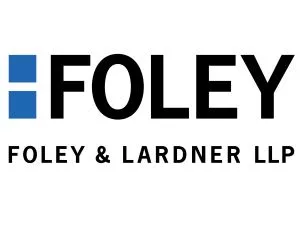- within Criminal Law, Government, Public Sector and Tax topic(s)
On October 7, 2025, California Governor Gavin Newsom signed AB 460, amending California's Radiologic Technology Act to permit certified radiologic technologists to perform venipuncture for contrast materials under remote supervision.
What does AB 460 change?
Prior to AB 460, Health & Safety Code § 106985 required the supervising physician or surgeon to be physically present in the facility and available to intervene whenever a technologist performed venipuncture.
Effective January 1, 2026, the new law redefines "direct supervision" to allow two pathways:
- Physical Presence: The physician is on-site and immediately available; or
- Remote Presence: The physician is immediately available via real-time audio and video communication, with simultaneous access to the patient's medical imaging records and the ability to intervene by directing other onsite personnel.
If supervision is remote, facilities must maintain written safety protocols and ensure licensed on-site staff can respond to adverse events under physician direction.
Federal Context
The new law follows recent federal changes under the Centers for Medicare & Medicaid Services (CMS) CY 2025 Physician Fee Schedule (PFS) Final Rule (89 Fed. Reg. 97710 (Dec. 9, 2024), a Medicare payment rule which adopted a definition of "direct supervision" that allows the supervising physician or practitioner to provide such supervision via a virtual presence through real-time audio and visual interactive communications.
CMS first relaxed the "direct supervision" rules during the COVID-19 public health emergency. In the CY 2025 PFS Final Rule, CMS extended that flexibility through December 31, 2025, and made permanent remote supervision for certain "incident to services" and established-patient E/M visits. (Readers should check for any updates to these flexibility rules for periods after December 31, 2025.)
Considerations for Implementation
Providers should begin preparing now to comply by January 1, 2026. Recommended steps include:
- Update Policies and Procedures: Revise written supervision policies to incorporate remote supervision.
- Confirm Safety Protocols: Ensure emergency procedures, documentation practices, and communication standards meet the new statutory requirements.
- Evaluate Technology: Verify that existing systems support real-time audio and video communication and physician access to imaging records.
- Train Staff: Educate technologists and on-site personnel on supervision requirements, emergency response procedures, and proper use of telecommunication tools.
AB 460 reflects a growing national trend toward remote supervision and technology-enabled oversight. The law will require thoughtful operational updates to ensure patient safety, compliance, and readiness for oversight when the law takes effect on January 1, 2026.
The content of this article is intended to provide a general guide to the subject matter. Specialist advice should be sought about your specific circumstances.


